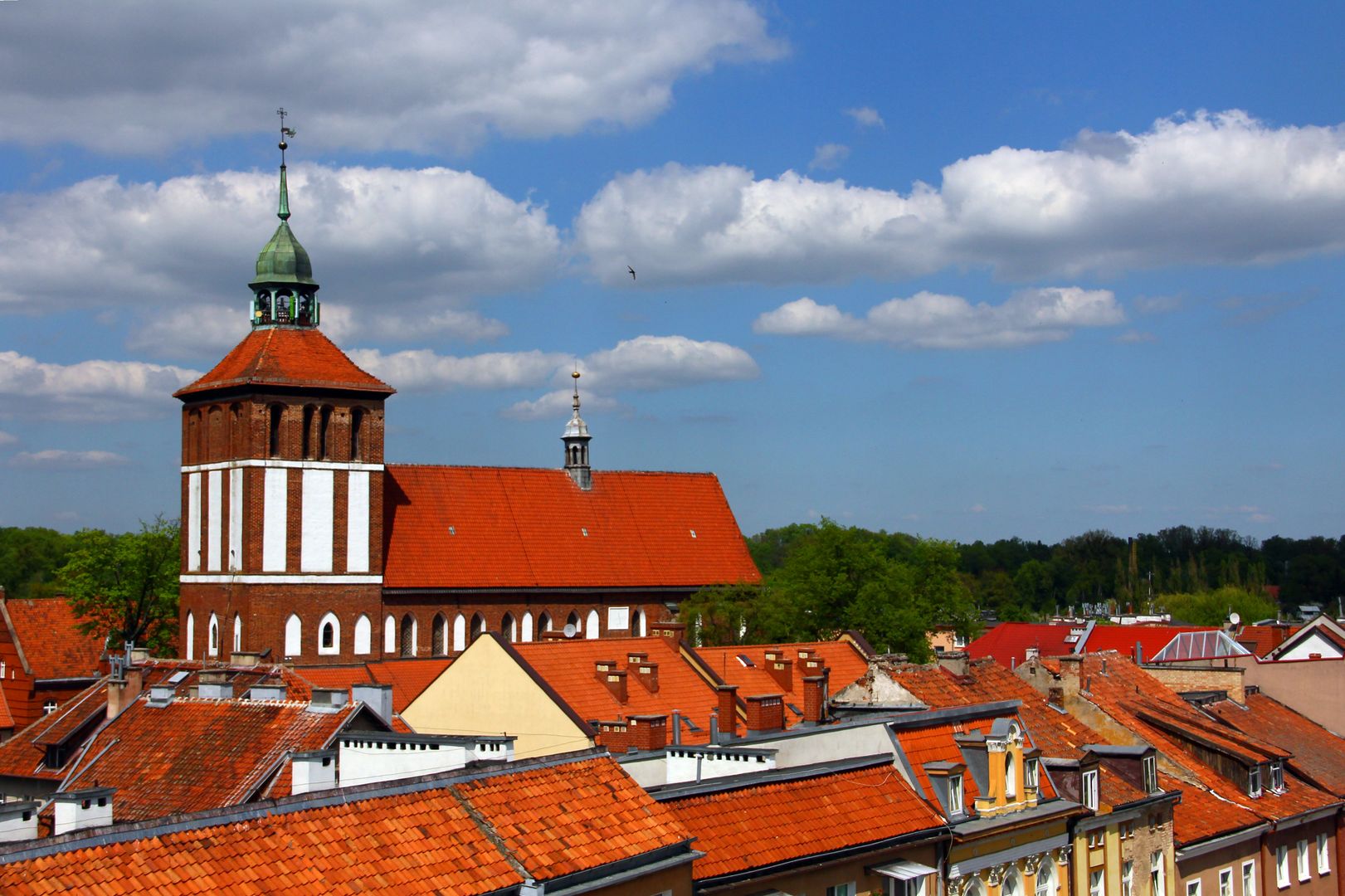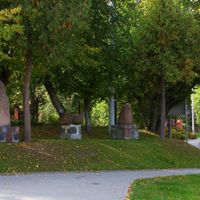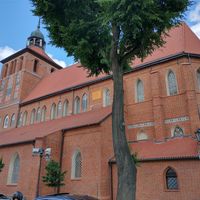Bartoszyce
7.04

Overview
Located in northern Poland in the Warmian-Masurian Voivodeship, Bartoszyce is a town with a rich history and diverse architecture, featuring Polish, German, and Baltic influences. It was founded in 1240 when the Teutonic Knights built a castle on the site, which became the foundation for a rapidly growing settlement. The town received its city rights in 1326 under the name Rosenthal, later changed to Bartenstein. Bartoszyce experienced its golden age in the 16th and 17th centuries, when it became an important trade center in the region with a thriving craft industry. In the 18th century, major fires struck the town, impacting its development. After World War II, Bartoszyce became part of Poland, resulting in significant demographic changes.
Its architecture is also noteworthy; among its most valuable landmarks are the Old Town with its exceptionally well-preserved urban layout and the Lidzbark Gate from 1468. Bartoszyce is home to numerous cultural institutions, such as the Bartoszyce Cultural Center and the Youth Cultural Center, which organize a variety of cultural events and festivals. The town is also known for its many artistic groups and events like the International Days of the Bartoszyce Region. An interesting fact is the presence of a natural monument—a towering ash tree, which is the only natural monument in the town. Bartoszyce also serves as a military garrison, highlighting its strategic importance in the region. The town is developing as an important transportation hub, and its proximity to the border with Russia creates additional opportunities.
Location
2025 Wizytor | All Rights Reserved

